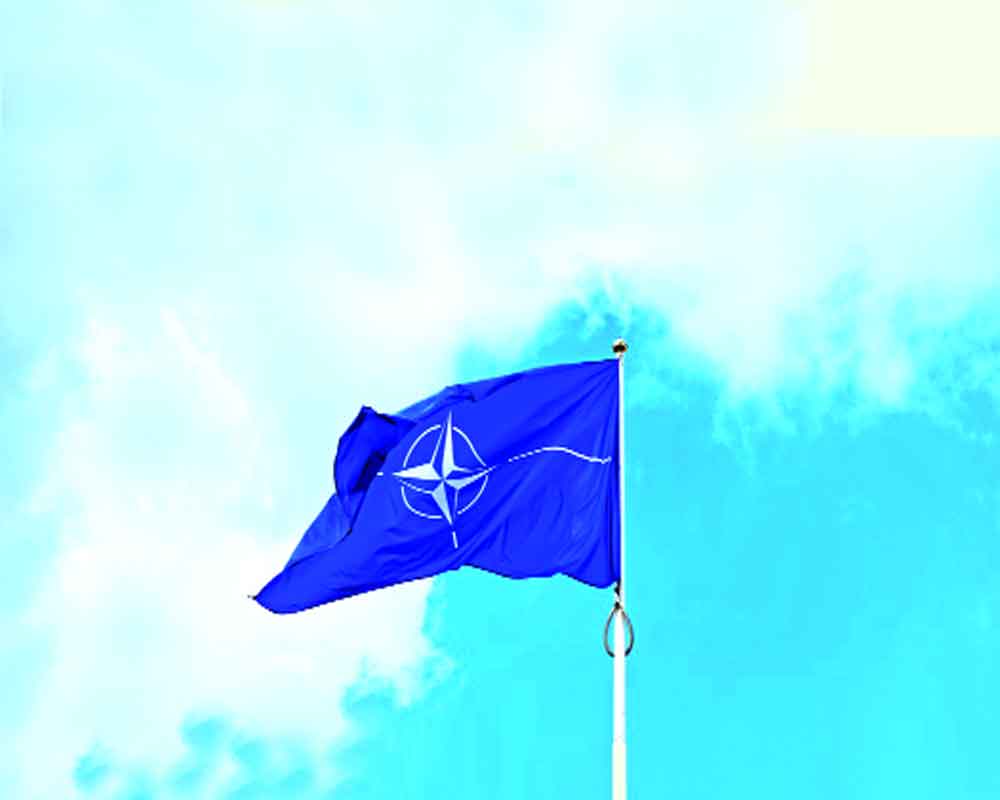The number of the so-called ‘neutral’ countries across the globe is shrinking
Russia attacked Ukraine and the world is topsy-turvy since then. Grounded political theories of how nations conduct and secure themselves are going for a toss. By the time the conflict concludes, the world may see the emergence of refurbished systems of how nations, as individuals or groups, behave with one another. The conflict drew the world’s attention to India and its stand on not condemning Russia. For weeks, the West pressured India to change its stand by offering both sops and veiled threats. India did not budge from its stand. It abstained from voting on the United Nations resolutions condemning Russia. At the same time, it defended Ukraine’s sovereignty and its right to territorial integrity. It sent, and continues to send, medical and other aid to that country. Reams were written trying to understand how India backed its longstanding friendship with Russia while it simultaneously associated with the US at the QUAD, tolerated China in BRICS, and thanked Europe for an invite as a guest at the G-7 Summit. It is said that India has shifted from its Nehruvian stance of non-alignment to the present multi-alignment model. The latest country to change its national status is Finland, followed by Sweden. Determined neutrals for decades, they now want to join NATO because Russia makes them insecure. Their presence bolsters NATO and, by extension, the US. But we are not going into that. Finland shares a long border with Russia and a messy past with the former communist country.
To that extent, the Ukraine invasion may be seen as a valid reason for Finland to dump its neutrality. With Finland and Sweden ready to join NATO, the number of Europe’s neutrals has shrunk. Other countries are also reviewing their neutral status. Switzerland, Europe’s most famous neutral, wonders how it can call itself neutral when it has backed European Union sanctions on Russia. Its shrinking neutrality will churn European politics in the coming days. Ireland has backed sanctions on Russia but is militarily neutral, sending only non-weaponry aid to Ukraine. Malta, Austria and Cyprus are still assessing their neutrality. Europe first saw the link between politics and economics and that led to its awareness that military alliances like NATO can achieve collective security. Not all neutrals appreciated this concept. Some refused to join the European Economic Community as that would weaken their neutral status. Ireland joined, arguing that the resultant economic prosperity was no threat to its neutrality. Spain joined both NATO and EEC believing the two were inseparable and that it was worth paying the political price of joining NATO to encash the EEC’s economic benefits. However, the then Soviet threat never influenced their decisions. Unlike at present. In Finland’s case, more than the Russian threat, the concerns are also about its ageing population and the pressures of maintaining its welfare State model in the face of undulating export figures. Will
joining NATO resolve Finland’s non-security problems? Time will tell.
























